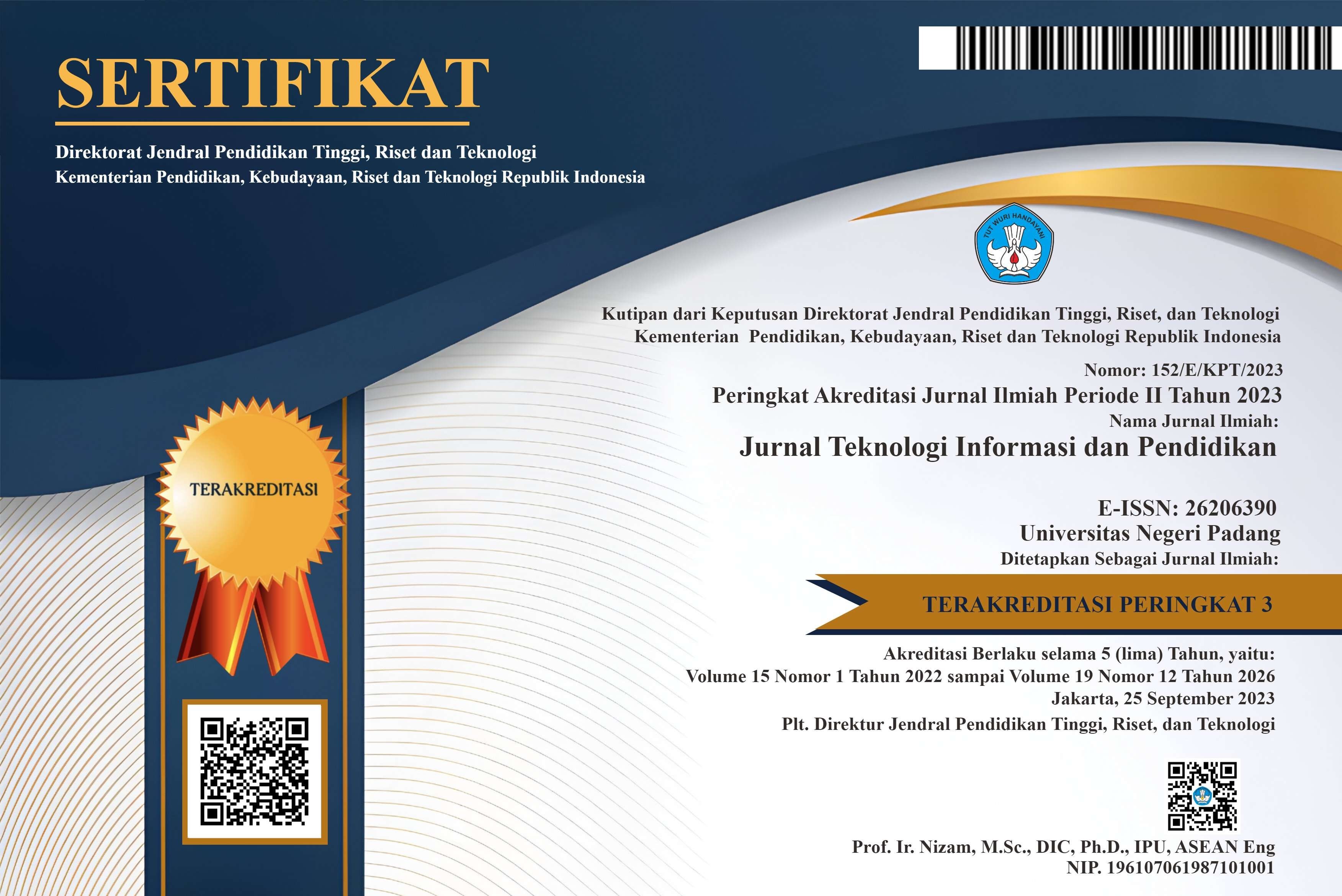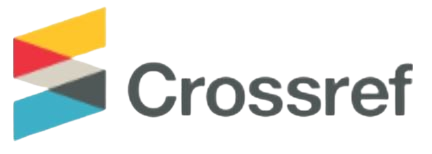Comparison of Facebook and Instagram to Assess the Efectiveness of Advertising Channels in Customer Acquisition
DOI:
https://doi.org/10.24036/jtip.v15i2.677Keywords:
engagement, facebook, instagram, social media, T test modelAbstract
The use of social media as a means of marketing is certainly familiar, this happens because of the very competitive market situation, changing trends and increasingly complex customer demands. Facebook and Instagram are platforms that excel in the field of advertising and also interaction between users. However, with the existence of two superior social media, evaluation is certainly needed to find out which social media has a better level of engagement. The purpose of this study is to find out which social media platform is superior in engagement rate. This study used the T test model to compare the engagement rates of the two social media. Based on the results of the study, the use of paid advertising on Facebook social media for 23 days has a better engagement rate compared to Instagram. So it can be concluded that the use of Facebook is more effective in terms of engagement compared to Instagram.















.png)














